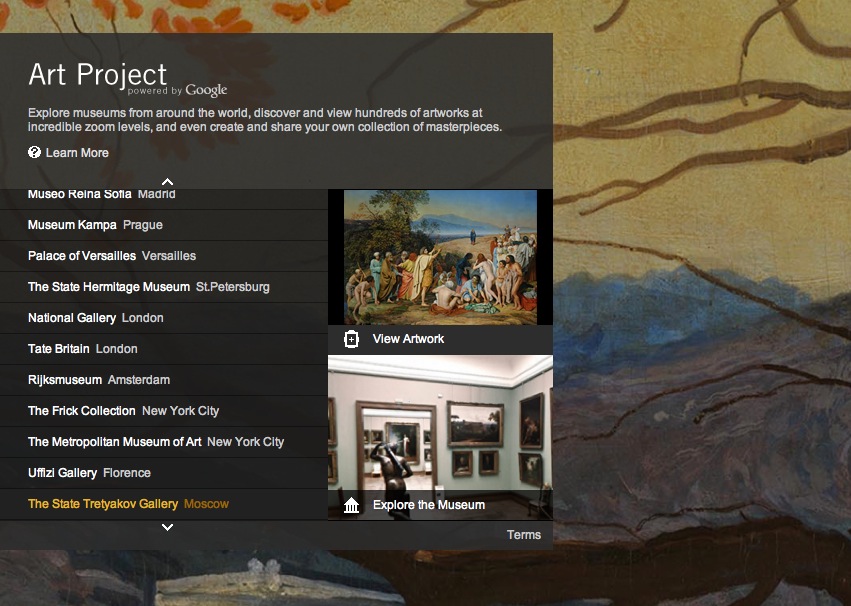Jaakko Pallasvuo, Blingee (Sol Lewitt), 2010
La ragazza dei domini parcheggiati: la sconosciuta più vista di Internet

Vi sarà capitato di vederla. Digitate male un indirizzo internet, finite su un dominio che ha un nome simile, ma non proprio identico, e spesso compare lei, la studentessa bionda. Per qualche motivo, è diventata una specie di tradizione quella di mettere la sua foto sulle home page dei “domini parcheggiati” (ossia comprati ma non utilizzati, o utilizzati solo per piazzare pubblicità), una pratica che si chiama domain parking, in alcuni casi typo squatting.
La fotografia, scaricata da una delle tante “banche” di immagini disponibili online (in questo caso, iStockPhoto) ha circolato talmente tanto da spingere molti a fare delle ricerche sulla ragazza, sullo scatto e sulle ragioni della sua onnipresenza. Le prime notizie vengono date dallo stesso fotografo, Dustin Steller, che esce allo scoperto dichiarando di aver uploadato l’immagine nella banca dati di iStockphoto nel 2005 e aggiungendo che la ragazza nell’immagine non è altro che sua sorella Hanna (“è sposata felicemente”, precisa, rispondendo alle decine di ragazzi che si dichiaravano suoi pretendenti).

A spiegare il perché di tanta diffusione, ci pensa questo sito, che individua come responsabile la Demand Media, un’azienda americana che ha come core business proprio quello di acquistare domini e parcheggiarci un sacco di pubblicità sopra. Una pratica molto vicina allo spam, ma del tutto legale. Pare che sia stata proprio la Demand Media a piazzare la studentessa bionda in centinaia di siti, seguita poi da molti altri.
Naturalmente, la diffusione virale di un’immagine porta con sè un effetto collaterale inevitabile: l’appropriazione e la reinterpretazione della stessa. E così via a parodie e versioni modificate. Poi, qualche volta, arrivano anche gli artisti. Il californiano Parker Ito, con una classica operazione da artista “Post Internet”, e non senza dichiarate influenze warholiane, ha deciso di commissionare una serie di dipinti tratti dalla famosa fotografia tramite orderartwork.com, un sito cinese che fa “oil paintings on demand”. Un’icona sconosciuta, dipinta su commissione da pittori sconosciuti.

Midget & Giant
Midget & Giant is a work by Japanese architect Ryuji Nakamura. A house-shaped cover for your webcam that turns you into a giant…
The Future of the Book
Meet Nelson, Coupland, and Alice — the faces of tomorrow’s book. Watch global design and innovation consultancy IDEO’s vision for the future of the book.
Bed Intruder: anatomia di un meme

Lui si chiama Antoine Dodson ed è il protagonista di uno dei più divertenti e dilaganti memes della storia del web. Originario di Huntsville, Alabama, Antoine ha fatto la sua comparsa in Rete nel luglio 2010, in un video caricato su Youtube. Il filmato era un breve servizio tratto da un telegiornale locale che raccontava la storia di un’intrusione in casa Dodson (sua sorella Kelly si era svegliata con un estraneo nel letto, messo poi rapidamente in fuga dalle urla e dall’arrivo dei suoi familiari).
Intervistato dai giornalisti della tv locale, Antoine rilasciò una bizzarra e accorata dichiarazione in cui esortava tutti a “nascondere i propri bambini, le proprie mogli e i propri mariti” e poi si rivolgeva direttamente al “bed intruder” sbeffeggiandolo e minacciandolo.

Il video divenne virale nel giro di pochi giorni, accumulando più di 4 milioni di views, e decine di parodie, citazioni e servizi giornalistici. Ma quello che renderà Dodson un mito definitivo è una canzone, “The Bed Intruder Song”, firmata dai fratelli Gregory, in cui la voce del ragazzo viene passata attraverso l’effetto “autotune” e montata su una base hip hop (canzone che ha poi scalato le classifiche di iTunes e Billboard).
A seguire, centinaia di cover della canzone, e poi grafiche, magliette e persino un costume di carnevale…

Come molti altri fenomeni virali prima, anche “The Bed Intruder” segue uno schema riconoscibile, una progressione che comprende grosso modo quattro fasi: fama accidentale, diffusione virale, generazione di infinite parodie e versioni “mutate” e infine penetrazione nel circuito culturale mainstream.
In questa pagina di Knowyourmeme, trovate un’analisi dettagliata del fenomeno, con tanto di numeri e grafici.
Everyone has been doing emails
Web Celebrities del passato: Mahir Çagri

Quello del turco Mahir Çagri è probabilmente il caso più antico di web-celebrity. La sua fama, accidentale quanto persistente, è un fenomeno che risale al 1999, quando il link alla sua home page – ospitata sui server di Xoom – iniziò a circolare freneticamente tra i navigatori di tutto il mondo. L’irresistibile comicità della sua auto-presentazione, fatta di fotografie che lo ritraggono in situazioni improbabili (mentre gioca a ping pong, suona la fisarmonica o prende il sole in un succinto slip rosso) e di frasi in inglese sgrammaticato (“Welcome to my Home Page!!! I kiss you!!!”, “Who is want to come TURKEY I can invitate ….. She can stay my home”, “I like sex”) ha reso Mahir incredibilmente popolare nel giro di pochi mesi.
Dopo una serie di interviste e qualche apparizione televisiva, la popolarità di Mahir ha poi beneficiato dell’esplosione del fenomeno Borat, personaggio inventato dal comico inglese Sasha Baron Cohen e protagonista nel 2006 del film “Borat: Cultural Learnings of America for Make Benefit Glorious Nation of Kazakhstan”. Le impressionanti somiglianze tra Mahir e Borat, che comprendono l’aspetto fisico, l’abbigliamento, il modo di parlare e persino alcuni dettagli come l’hobby del ping pong e la sbandierata passione per il sesso, non sono passate inosservate. Tanto che Mahir ha più volte minacciato di passare alle vie legali per sfruttamento non autorizzato della sua immagine. Anche se numerose ricerche sembrano dimostrare il primato cronologico di Borat (i primi sketch che lo vedono protagonista risalgono al 1994, quando si faceva chiamare Kristo), le similitudini sono talmente impressionanti da lasciare comunque il dubbio che Mahir possa davvero essere stato una fonte di ispirazione per il noto personaggio del giornalista kazakho…
The External World
No words to describe this. David O’Reilly is a genius. End of story.
Thoughts on dreams. A book with physical hyperlinks
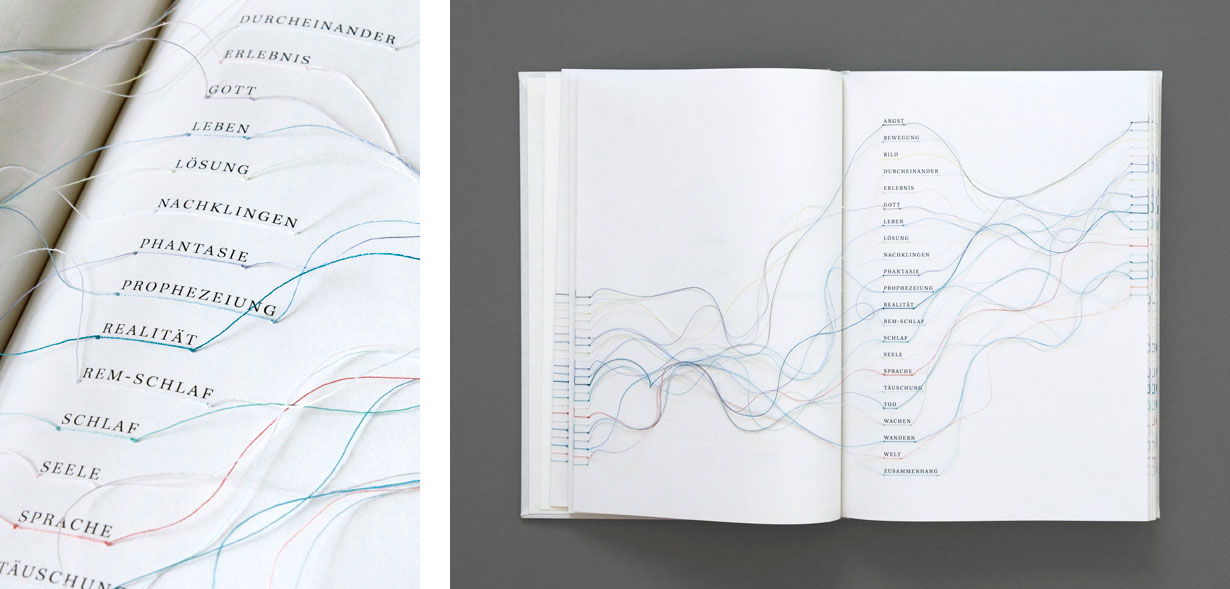
“The book “’Traumgedanken’ (“Thoughts on dreams”) contains a collection of literary, philosophical, psychological and scientifical texts which provide an insight into different dream theories.
To ease the access to the elusive topic, the book is designed as a model of a dream about dreaming. Analogue to a dream, where pieces of reality are assembled to build a story, it brings different text excerpts together. They are connected by threads which tie in with certain key words. The threads visualise the confusion and fragileness of dreams.”
More info here.
Google Art Project: Behind the Scenes
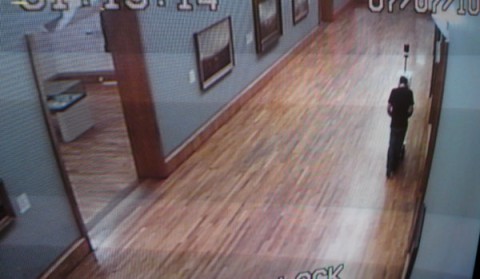
“The version of Street View technology used in the galleries involved an extremely high tech and rather silly-looking trolley. It was to be pushed around the rooms at a particular speed and on a peculiar route, and seemed to me to be a marvellous combination of garden-shed and cutting-edge.”
[read more on Tate’s blog]
State Of The Art
Random Exhibition Title Generator
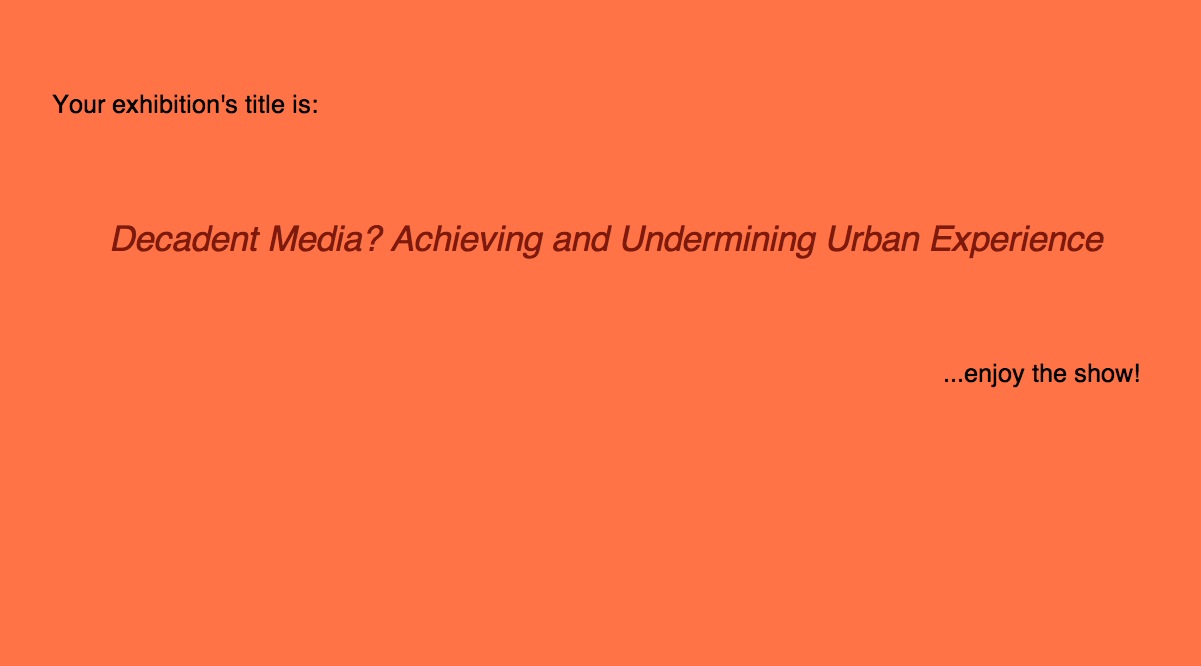
Are you a lazy curator? Try this.
Se non ti piace, non lo guardare

“Don’t watch if you dislike” è il titolo del canale Youtube di wendyvainity. Ma è anche un monito per il suo pubblico, per tutti gli utenti casuali che atterrano sulla sua pagina e riversano insulti e cattiverie nei commenti (Youtube è il regno di troll e haters, d’altronde). Ma a Wendy non importa granché del giudizio degli altri, e i suoi video lo dimostrano. Wendy non è una professionista del 3D, ma si diverte un mondo ad usarlo; lo fa senza seguire le regole, senza ricalcare nessuna estetica riconoscibile, senza aspirare al virtuosismo. Di lei sappiamo che vive in Australia, in una casa con giardino nei sobborghi di Adelaide, in compagnia dei suoi gatti, che è appassionata di giardinaggio e di “roba gratis” (“ma mi capita di comprare le cose quando veramente mi piacciono”).
Preparatevi: i video di Wendy sono assurdi e inquietanti, surreali e senza senso. Per non parlare della colonna sonora, un mix di effetti audio al limite del sopportabile per un normale orecchio umano. Quando li guardate, però, non badate alla tecnica, non cercate una narrazione, non affannatevi a trovare un termine di paragone, perché non lo troverete. La potenza di questi video sta nella loro sfrenata, irrazionale, libertà espressiva. Per dirlo con una sola parola, sono coraggiosi.
Leggete cosa scrive Wendy nel suo profilo. In poche righe, dice di più lei sulla creatività amatoriale nell’era di Internet di almeno una decina di saggi che ho letto ultimamente.
“try hard noob hobby animator, anyone can make movies with animation software, I am pretty crap at it as people like to let me know, but instead of having no uploads on their channels when I check them out after nasty comments, get Daz studio from Daz3d.com the basic program is free and a lot of fun. or try iClone by reallusion, the free demo is fully functional, you can do better than me so please do!”
Potete fare meglio di Wendy? Fatelo.
Art Thoughtz
Art Thoughtz is a series of Youtube videos by Hennesy Youngman. Art history, advices for artists and curators and some philosophy too…
Debris, Qwerty
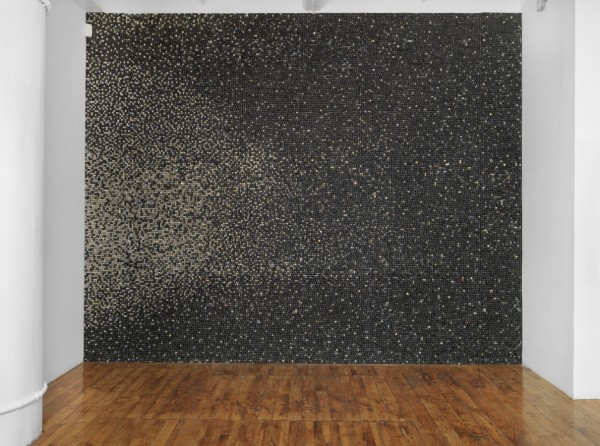

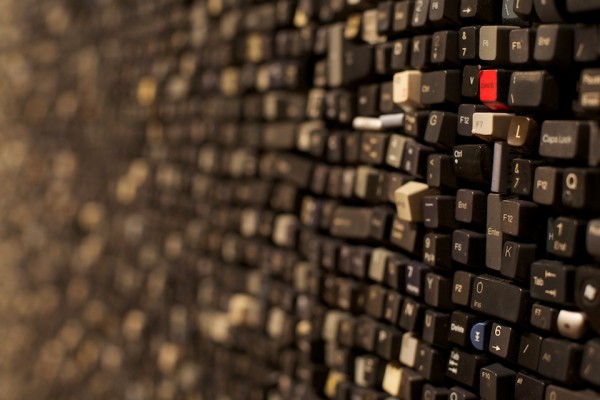
Sarah Frost uses thousands of keys from discarded computer keyboards to create enormous textured grids.
[via wewastetime]
Google Art Project
Spy vs Spy
Spy vs Spy, by Anthony Michael Sneed. Screen sharing via screen sharing…
[via mbf]
Asking Random People If They Have Seen Themselves
This guy is a total genius…
[via]
Waving Ocean

Waving Ocean, Constant Dullaart, 2010, courtesy Collection Pieter Sanders and Gabriella Sancisi…
Tight Pants Body Rolls
Meet the mighty Leslie Hall…
[via]
Bruce Sterling on Vernacular Video
Closing Keynote: Vernacular Video from Vimeo Festival on Vimeo.
This talk lasts 56 minutes but it’s so mindblowing that you’ll very likely to lost track of time…
Sunflower Seeds on Sunflower Seeds

The italian artist group IOCOSE has thrown some real sunflower seeds on Ai Weiwei‘s porcelain ‘Sunflower Seeds’:
“The porcelain seeds, previously exhibited at the Turbine Hall at Tate Modern, are now part of a new artwork. The new artwork looks exactly the same as the previous one, as the natural seeds and those made of porcelain are indistinguishable from each other. IOCOSE reclaims the authorship of the new installation and reminds viewers of Ai Weiwei’s previous statement: ‘what you see is not what you see, and what you see is not what it means’.”
Led Smiles
The latest fashion accessory is brought to you by Motoi Ishibashi and Daito Manabe….
Marshall McLuhan Speaks
A website that celebrates the centenary of Marshall McLuhan’s birth. There are lots of great videos inside, beginning, of course, with this….
[via boing boing]



